VTB Protocol Assertions
1. Equitability
This system was designed to benefit all its users (VTBC purchasers) equitably. It would be senseless to build a community otherwise, whereby solely the first members and/or owners would receive benefits. According to its mission, no matter what holding position one VTB member holds in the community, they receive the same benefits, as long as VTBCs are in their possession.
2. Redistribution
The sale of the asset reserve is redistributed to all asset holders, as per VTB’s distribution mechanism. The initially minted VTBC are sold to all community members, who then received the proceeds of future reserve sales on a reoccurring basis (thirty days). This distribution mechanism is done by sending Ethereum, or any other integrated cryptocurrency, to all members based on the percentage of VTBC value held, by the member, at the end of each 30 days, which is certainly an Anti-ICO mentality.
3. Growth
The VTBC value will always increase using an algorithm to that effect. This algorithm can be improved upon based on informal assessments and their interpretations by professionals. To that effect, the VTB team has been working with a professional mathematician (Ph.D.) to help refine this algorithm. Even if the algorithm may be altered occasionally, it will do so under strict guidelines, ensuring that it benefits the community and meeting applicable governing laws.
4. Primary Asset (VTBC)
The primary VTBC asset is not peer-to-peer transferred. This is meant to protect the enforcement of the algorithm within the protocol. If there was a means to transfer VTBC directly, attempts to circumvent the pricing algorithm would certainly be made.
5. Secondary Asset (VTBT)
- Must be fully backed by the primary asset.
- Can be peer-to-peer transferred.
- Does not participate in the value increase algorithm.
The secondary asset is entirely backed by the primary asset in the protocol coding. This standard is meant to ensure that users can convert back to VTBC at any time to take advantage of its hourly value increase.
Unlike the primary asset, the secondary VTBT can be transferred peer-to-peer. This is done using methods similar to ERC20 functions, such as “Transfer”.
It should be noted that VTBTs should be quickly converted back to VTBCs to take full advantage of its incremented value increase, not available to VTBTs.
6. Future Assertion
- Governance token.
- Governance incentives based on action.
Some others may be added only if they are in the community’s best interest. Out of those considered, two have been visited:
- To fully decentralize the project with democratic governance using governance tokens or some other mechanism. This type of democracy enables users to vote on changes to the white paper and, naturally, the runtime (smart contract).
- The incentivization of democracy.
These future assertions include creating a governance mechanism and related voting incentives. As it may, several projects have had to substantially change their overall protocol because they expected token holders to participate in the democracy; however, a meager turnout prevented changes from occurring initially. To remedy this potentiality, the VTB team will use incentivization along with the governance mechanism to encourage participation in the democracy from its onset. Careful consideration will be given to advancing the democratic and incentivization systems so that they may benefit the community.
Let it be known that the system operates under rules strictly followed by and binding to the VTB project. Any change to it must benefit the community.

